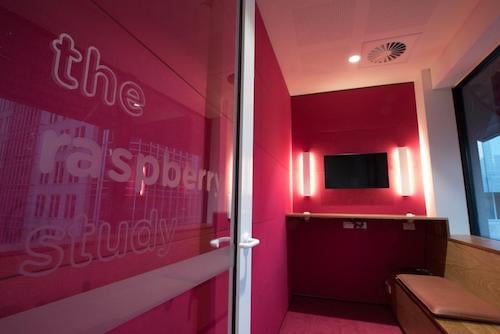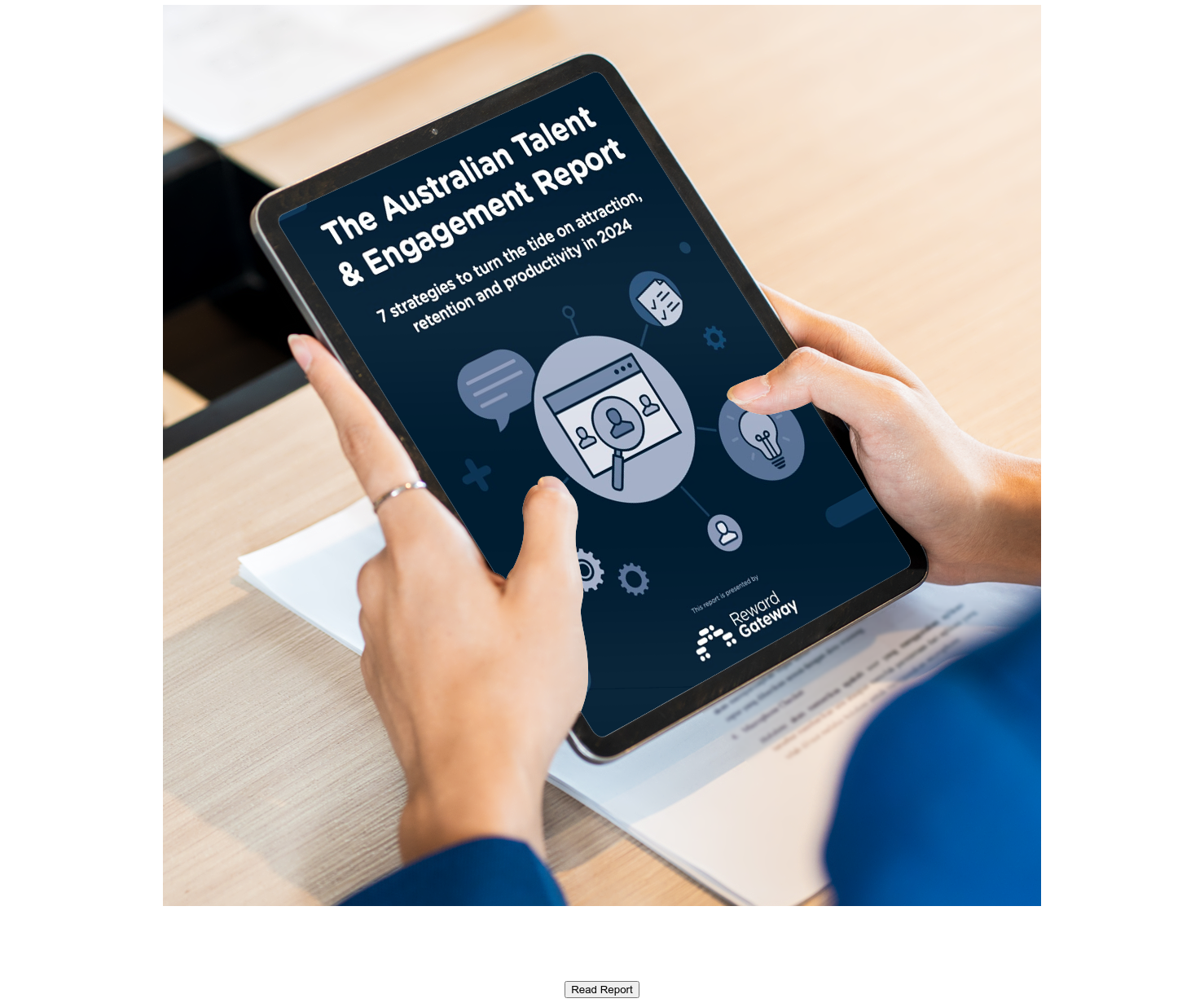A one-on-one meeting creates the opportunity for you to give considered advice to an employee as an individual, a peer and a human. Having a personal, candid discussion can help both managers and employees decide the next best steps. You may even learn something about a staff member that helps you understand how best to apply their skill set and interests within the business.
Our recent research, presented in The Australian Talent & Engagement Report, found that 36% of Australian employees frequently feel disconnected from their manager. So how can you make the most of one-on-one meetings, and why is this a crucial component of an effective employee experience?
One-on-one meetings with employees can help all parties get the most out of their time as part of your team.
Why to conduct one-on-one meetings
1. Provide your employees with direction.
 Offering goals can help reinvigorate an employee’s drive. By putting in this extra time for a one-on-one, you’ll likely see more hours of passionate, quality work from that individual.
Offering goals can help reinvigorate an employee’s drive. By putting in this extra time for a one-on-one, you’ll likely see more hours of passionate, quality work from that individual.
Open-ended questions to help provide employees with direction:
- Is there an area in which you’d like to upskill?
- Are there any areas of your job you love and would like to do more?
- If you could make changes to the way your position is structured, what would they be?
- Do you have a vision for where you’d like your time with this company to take you?
- Is there anything you’d like to learn more about?
- Is there anything getting in the way of your productivity lately?
- Are you facing any roadblocks that I can assist you with solving?
- What are your biggest challenges at work lately?
- How can I best help you achieve your goals?
2. Encourage accountability
 Celebrating accountability can help encourage team members to acknowledge and own their mistakes – and perhaps more importantly – to learn from them and share this learning experience with others. To err is human, as they say; an employee will inevitably make a mistake. Would you prefer they felt shame and stress and tried to hide it, or would it be better for them and you if they addressed it as soon as possible, ready to find the best solution?
Celebrating accountability can help encourage team members to acknowledge and own their mistakes – and perhaps more importantly – to learn from them and share this learning experience with others. To err is human, as they say; an employee will inevitably make a mistake. Would you prefer they felt shame and stress and tried to hide it, or would it be better for them and you if they addressed it as soon as possible, ready to find the best solution?
Owning your own mistakes is a great way to lead by example and encourage accountability within your team. Building in the expectation of having a chance to take accountability within one-on-one meetings with employees can be an effective way to reduce friction for your employees to come to you after something has gone wrong.
Questions to help prompt accountability:
- Has anything happened recently that you would do differently if you had your time over?
- Did you learn any hard lessons this week?
- Is there anything happening for you that you'd like support to build coping strategies for?
3. Celebrate and recognise your employees’ wins
 Recognition from a manager can significantly improve an employee’s mental health and sense of satisfaction at work. In fact, our report found that 45% of Aussie workers believe consistent and frequent recognition is more important than a 10% pay rise.
Recognition from a manager can significantly improve an employee’s mental health and sense of satisfaction at work. In fact, our report found that 45% of Aussie workers believe consistent and frequent recognition is more important than a 10% pay rise.
Reasons to recognise your employees’ work include encouraging positive actions, strengthening rapport and helping them feel appreciated and valued. And it's crucial for retention as well; 28% of Australian employees say they're leaving employers due to a lack of reward and recognition for their efforts.
Acknowledging outstanding performance in a one-on-one can show an employee that you care. Sharing praise for an employee with the broader team is also a great way to foster a culture of celebrating each other’s achievements and bring some positivity to the workplace.
When asked when they'd most like to receive recognition, Australian employees said:
- 83% want recognition during performance evaluations
- 81% want recognition during learning and development
- 78% want recognition during periods of organisational change
So, how can you recognise and celebrate an employee’s achievements in a one-on-one? Here are a few quick tips using our AVI Framework for effective recognition:
- "I noticed you did AAA. I’m impressed with how you managed this and the outcome for the team is BBB!"
- "Well done on CCC; I appreciate the time and effort it took you to achieve this, it's a huge achievement that will make an impact on our profitability over time!"
- "I was so happy to see you complete DDD. You were able to effectively demonstrate mastery of EEE behaviour and the team will be able to learn from this example ensuring we are all able to tackle FFF in a more impactful way."
4. Give and receive feedback
 Feedback makes the world go round!
Feedback makes the world go round!
There is an art to not only giving but also receiving feedback that involves removing your ego from constructive criticism.
If your employees know to expect feedback within their one-on-one, it can create a safe space for you to provide your thoughts without them feeling blindsided or attacked.
Feedback from your staff can help you become a better leader, and one-on-ones are the perfect opportunity to give your employees a comfortable space to share their thoughts with you. Think about all the invaluable insights you’ll get into your management style by giving your team the space to share their thoughts.
How to give and ask for feedback in one-on-ones:
- "As you know, there were some hiccups with AAA. I’d like to share my thoughts about how that could be better managed next time."
- "It’s been great how you’ve BBB, and I’d love to see more of that attitude applied to CCC. I think you’d have more success in DDD if you did EEE."
- "How did you feel about FFF? I'd like to offer some feedback on this."
- "Is there anything I’ve done recently as a leader that you’ve found frustrating, ineffective or difficult? Feel free to share your thoughts, it helps me be a better manager to you and the team."
- "Are there any parts of my communication style that are confusing or unhelpful?"
- "Can I better support you? How overwhelmed do you feel? Is there anything I can do?"
 How to conduct one-on-ones
How to conduct one-on-ones
The structure of your one-on-one may change with each meeting. You’ll likely have different priorities each time you meet; maybe there's been a big achievement to discuss or a significant issue to unpack. You may need to discuss strategies for improvement, or perhaps you’ll be focusing on how to challenge an employee that’s doing very well.
Creating a bank of prompting questions can be a helpful way to allow more flexibility than a specific template. Compile a questions master list and choose the most relevant to each individual.
Opening with friendly talk like, “how was your weekend?” can help remind your employee that you’re interested in their wellbeing outside of work.
47% of Australian employees say having a manager who cares about their wellbeing is a 'must-have'
So, not only will one-on-one meetings with your employees help you connect with your team for a stronger culture, but it will statistically lead to happier and more effective employees.
Keep your one-on-ones regular and in the calendar
 Having a standing meeting can reassure employees that you are invested in their wellbeing and growth. Plus, it might feel easier for them to ask to bring a pre-existing meeting forward should something pressing or distressing pop-up, rather than carving time out unexpectedly.
Having a standing meeting can reassure employees that you are invested in their wellbeing and growth. Plus, it might feel easier for them to ask to bring a pre-existing meeting forward should something pressing or distressing pop-up, rather than carving time out unexpectedly.
Book your one-on-ones in the calendar, and don’t cancel them (to the best of your ability). If you’re frequently shuffling around one-on-one meetings with employees, it may send the message that they’re a low priority or a nuisance. This time is spoken for, so try not to think of it as something that can be superseded by, for example, a client requesting that time slot.
How often to have one-on-ones
One of the most important factors when choosing your one-on-one meeting cadence is what is realistically achievable. Do the math on your amount of direct reports multiplied by the amount of time you’d like to spend with each employee: How much time will it take, and how much time can you commit to putting aside?
 If the equation seems unrealistic, you may need to spread your one-on-ones out to the point that you’re meeting with each person less than you’d like. We encourage you to address that your goal is to increase the frequency and explain your hurdles to getting there. Research indicates that weekly is the preferred cadence for employees and that the employees receiving weekly one-on-ones remain the most engaged.
If the equation seems unrealistic, you may need to spread your one-on-ones out to the point that you’re meeting with each person less than you’d like. We encourage you to address that your goal is to increase the frequency and explain your hurdles to getting there. Research indicates that weekly is the preferred cadence for employees and that the employees receiving weekly one-on-ones remain the most engaged.
One-on-one meetings vs. performance reviews
If you’re conducting one-on-ones more frequently than a few times a year (and ideally you are), then these meetings should not be performance reviews. A one-on-one is a chance to give feedback between manager and employee and to check in with that employee’s wellbeing, challenges, wins and goals – as well as touch on their recent performance. Typically, a performance review is slightly more formal and a bit more one-sided: You are assessing that employee’s level of success at work, and pay rate may often be discussed at this point.
Prepare a collaborative agenda
Sending an agenda to your employee beforehand helps them prepare for each talking point, which can not only streamline and improve the quality of your catch-up, but could also relieve some anxiety for them. Encouraging employees to add to the agenda ensures they have a platform to air concerns – and triumphs! – and offers managers the same opportunity for preparation.
Choose a private location
 You never know what will come up in a one-on-one, so privacy is important for your employee to feel safe. If you have a private meeting room, that’s great! If you’re in a smaller office, you may want to consider playing some classical music (or something that won’t distract other workers) or heading out for a walk or a coffee.
You never know what will come up in a one-on-one, so privacy is important for your employee to feel safe. If you have a private meeting room, that’s great! If you’re in a smaller office, you may want to consider playing some classical music (or something that won’t distract other workers) or heading out for a walk or a coffee.
Take notes
Take notes of any new or important information you learn and any next steps or strategies discussed. Compile your notes after each meeting and send a recap to the employee. This way, you both have a written record of your agreements, issues or next steps.
Be curious and empathetic
Sitting with an employee in the more intimate one-on-one setting can help them know that their leader is looking out for them. Be curious about their interests and struggles, including areas of their personal life that could be impacting them at work. You might like to schedule yourself five or ten minutes before each one-on-one to do some mindfulness exercises to help you feel grounded before exerting this emotional and professional energy.
Reward Gateway’s mission to Make the World a Better Place to Work is lofty, but we believe it’s attainable. To find out how RG can help improve your employee experience, schedule a call today.
 Kylie Terrell
Kylie Terrell


